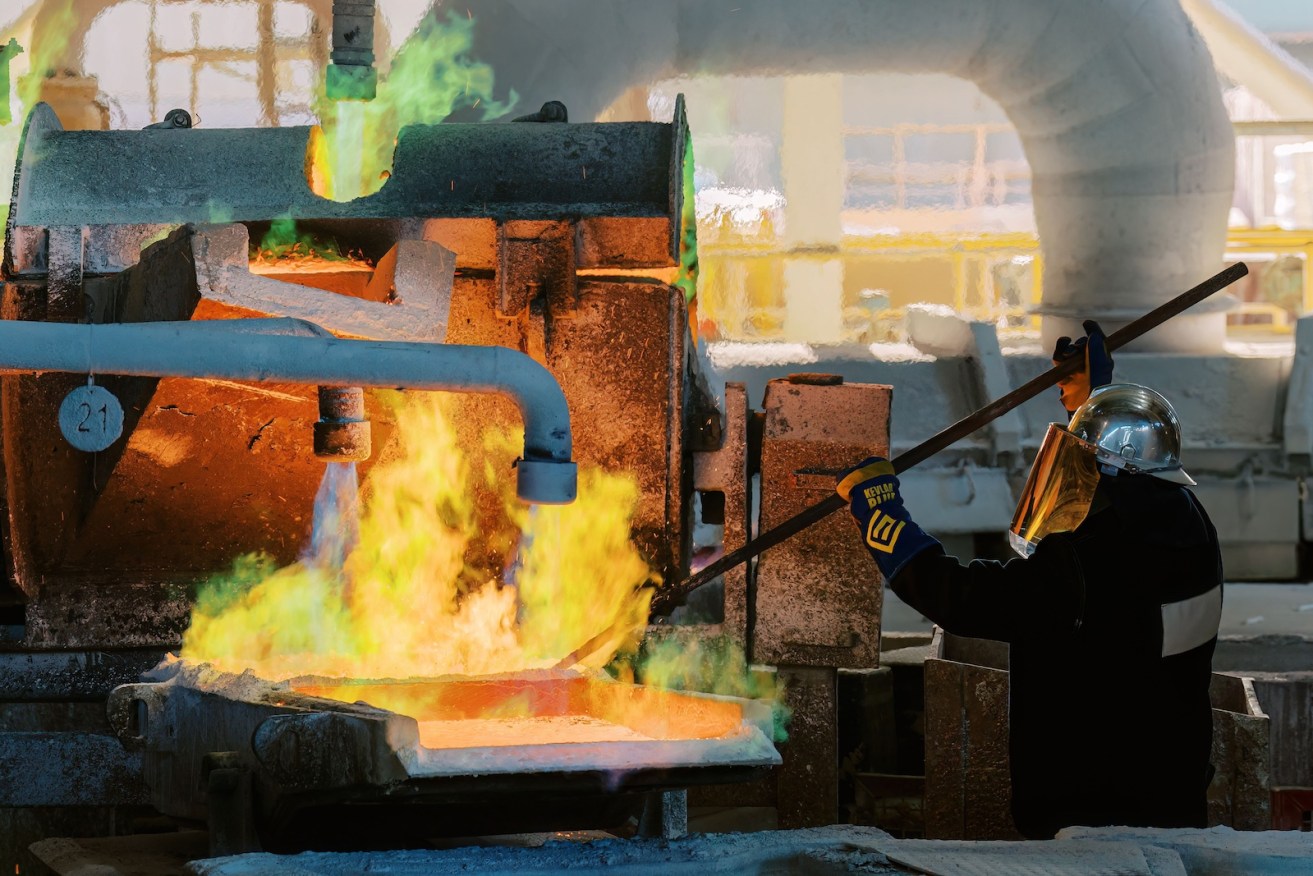Tough global markets prompt BHP first-half profit slide
BHP posted a fall in underlying attributable profit to $9.6 billion in its half yearly results today amid tough global economic conditions, but remains positive on future demand as China markets open up.


Olympic Dam copper smelter. Photo: Supplied
The mining giant that owns the Olympic Dam project in South Australia among its global assets today reported an underlying attributable profit of $US6.6 billion ($A9.6 billion) for the six months to December 31, down almost a third (32 per cent) from a year earlier.
Its takeover bid for SA mining company OZ Minerals will be put to a vote of shareholders in April, the company stating OZ Minerals assets would provide increased exposure to future-facing commodities as well as potential growth opportunities.
The company reported a fully franked interim dividend of US 90 cents a share. While this is down 40 per cent from last year’s record return to shareholders, it is still the company’s fifth highest ordinary dividend.
Operational profits fell more than a quarter to $US10.8b ($A15.6b) on lower prices for iron ore and copper, higher royalties paid on coal in Queensland and inflation.
But this was offset by record iron ore production and higher prices for coal and nickel.
BHP chief executive officer Mike Henry said the company delivered well on the production front but significant wet weather across coal assets impacted production and unit costs along with challenges in securing enough staff.
In South Australia, he said BHP is seeing ongoing positive exploration results from Oak Dam with growth potential for its copper business, including consideration of a two-stage smelter.
Olympic Dam continued its recent track record of operational stability over the half with copper production up 138 per cent and record gold production for the half following de-bottlenecking initiatives in the prior year.
“We are positive about the demand outlook in the second half of FY23 and into FY24, with strengthening activity in China on the back of recent policy decisions the major driver,” Henry said.
“We expect domestic demand in China and India to provide stabilising counterweights to the ongoing slowdown in global trade and in the economies of the US, Japan and Europe.
“The long-term outlook for our commodities remains strong given population growth, rising living standards and the metals intensity of the energy transition, including for steel making raw materials.”
Earnings before interest, taxes, depreciation and amortisation (EBITDA) was $US13.2b ($A19.1b), down 28 per cent.
Net operating cash flow was $US6.8b ($A9.8b), down 41 per cent.
He said inventory movements during the half contributed to costs, including the planned draw-down at Olympic Dam after inventory built up during the smelter refurbishment last year.
“We expect these factors to abate in the second half and for unit costs to fall, in line with revised guidance,” Henry said.
In Western Australia, BHP is planning to lift iron ore production to 330 million tonnes per year, supported by its status as the lowest cost major iron ore producer globally.
BHP reported it was on track to meet its 2030 target on operational greenhouse emissions.
Capital expenditure on operational decarbonisation is expected to be around $US4b ($A5.8b) up to the 2030 financial year to align with 2030 and 2050 targets and maximise shareholder value, according to the BHP statement.
-with AAP




